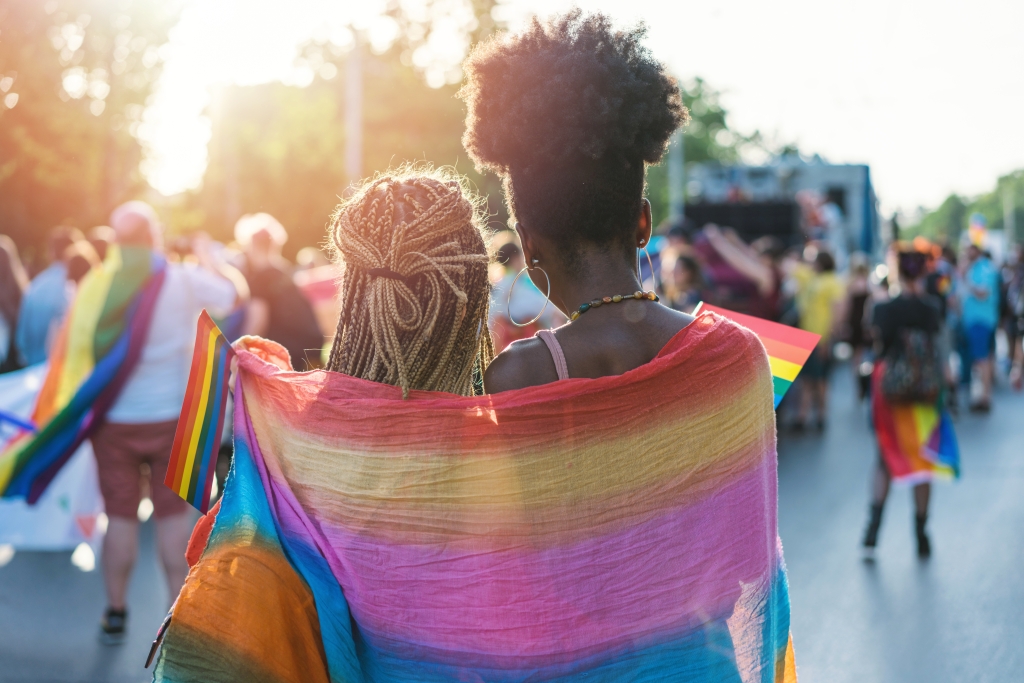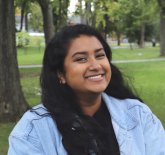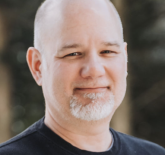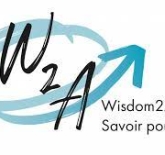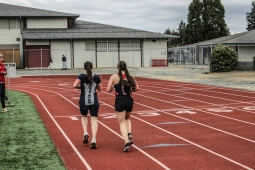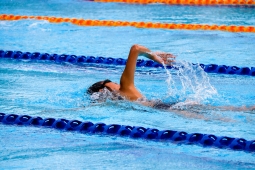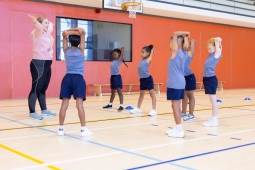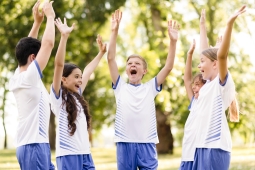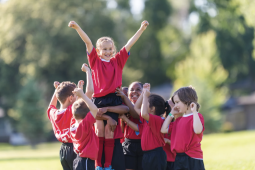5 Ways to Create Safer Spaces for Queer and Trans Youth in Physical and Health Education Classrooms
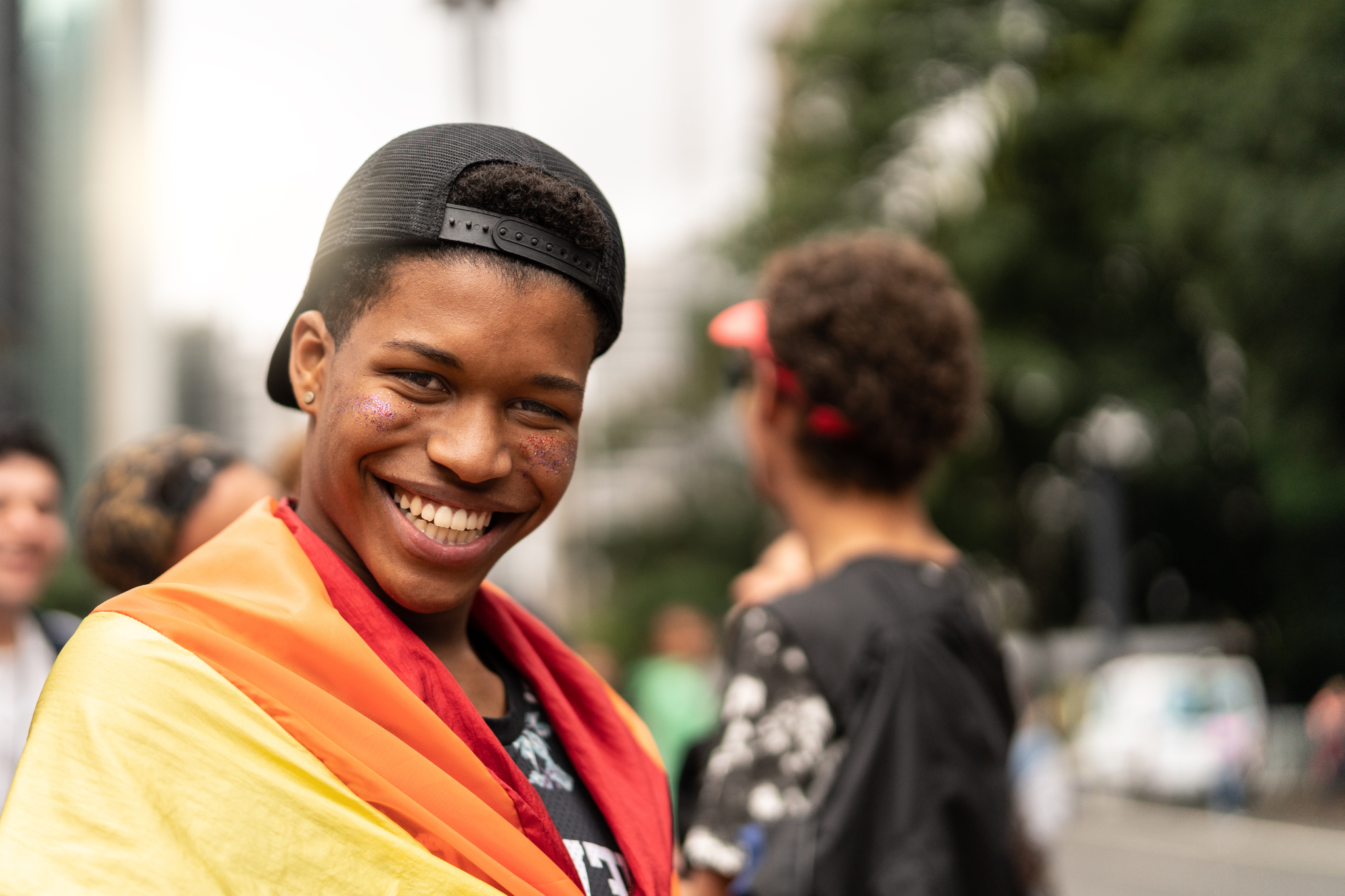
As we approach May 17th, the International Day Against Homophobia, Biphobia, and Transphobia (IDAHOBIT), the call to action to protect 2SLGBTQIA+ youth has never been more urgent. Providing comprehensive sexual health education and promoting safer and inclusive learning environments is a lifeline to queer and trans students due to the rise in anti-2SLGBTQIA+ hate and regressive policy changes sweeping across Canada. We recognize that Physical and Health Education (PHE) teachers want to promote safety for all students. We understand that it can feel challenging to do so, especially in the current political climate. It is, however, vital to stay up to date on evolving contextual information from the 2SLGBTQIA+ community and learn best practices to support 2SLGBTQIA+ students, particularly as you provide welcoming and inclusive PHE and physical activity (PA) opportunities and foster a sense of belonging within your school community.
For the past three years, our organization, Wisdom2Action (W2A), has led the implementation of the SAFER (Safer Access for Everyone in the Rainbow) Project. SAFER is a national capacity-building project that has provided training to address and prevent gender-based violence (GBV) against 2SLGBTQIA+ youth. We have trained teachers and administrators from schools across the country as well as representatives of organizations that serve youth and/or provide services to the 2SLGBTQIA+ community. We also held regional and national knowledge mobilization events and launched a multi-media, public education campaign. As part of the SAFER Project and in response to the rising anti-2SLGBTQIA+ hate in classrooms, we’ve developed tip sheets for teachers to address misinformation and promote safer learning environments for queer and trans students.
This article is a summary of our ongoing capacity-building work with educators through the SAFER project. In it, we have compiled 5 ways to create safer PHE/PA spaces for queer and trans youth drawn from the tip sheets that are available at www.saferproject.ca/tipsheets. These 5 steps are straightforward, but incredibly significant in improving well-being, health, and social outcomes for 2SLGBTQIA+ students, and to prevent and address GBV in the classroom.
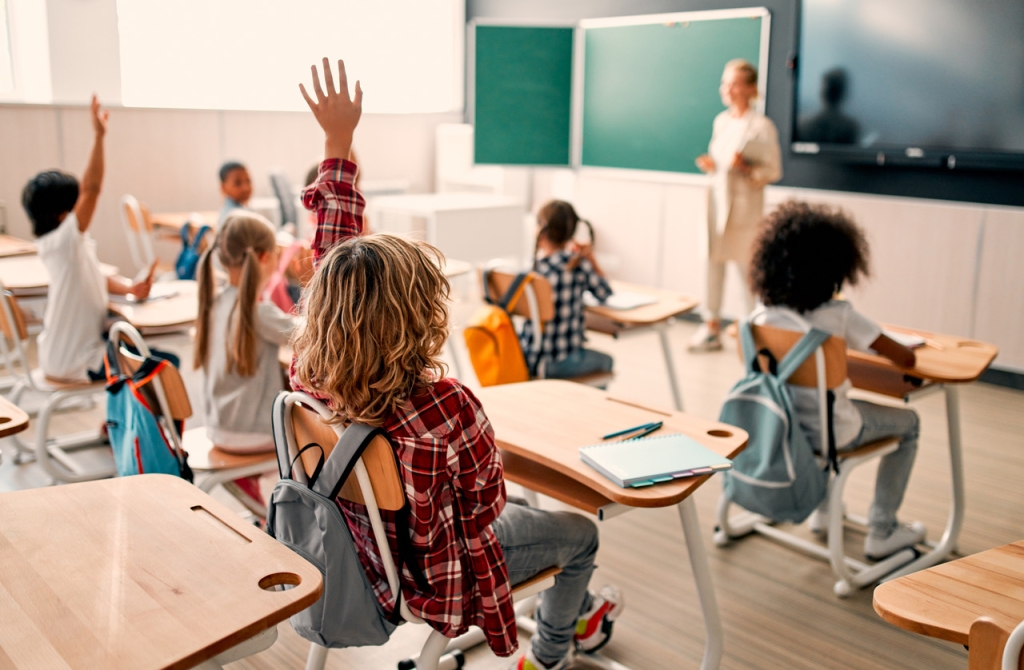
1) Promote inclusion in your lesson planning
In recent years, there have been positive changes in many provincial and territorial curricula in sexual health, with the addition of topics such as social-emotional learning, active living, movement competence, and healthy living. To enhance queer and trans inclusion in your classroom on these topics, incorporate 2SLGBTQIA+ affirming language and examples into your lesson plans. Some easy ways to build this into your teaching practice include:
- Hold conversations about the importance of correct pronoun use in the classroom, and make it a recurring practice when facilitating introductions.
- Promote a safer learning environment by normalizing making honest mistakes when it comes to gender identity, sexuality, and pronoun use. Modeling how to respond and act when a mistake is made will help remove barriers to engaging with 2SLGBTQIA+ topics in the classroom.
2) Promote diverse representation in the classroom
2SLGBTQIA+ youth deserve to see themselves reflected in classroom materials, especially through learning that centers resilience, leadership, and the joy of queer and trans people. We know that poor health and social outcomes for 2SLGBTQIA+ youth are linked to bullying, homophobia, and transphobia, but we must shift away from a deficit-based lens of 2SLGBTQIA+ identities. This often looks like focusing solely on negative stereotypes about our communities, or only featuring statistics that show poor health outcomes for 2SLGBTQIA+ people. Instead of viewing the gender expression and sexuality of 2SLGBTQIA+ youth as uniquely and/or solely vulnerable to hate and harassment, instead focus on combatting systems of sexism, homophobia, and transphobia that allow this type of prejudice to become normalized in the first place.
2SLGBTQIA+ youth should see themselves as leaders in challenging social norms about gender expression and sexuality, and we as educators should center historical examples of this work in our classrooms. Some examples of how to promote diverse representation in the classroom include:
- Highlighting stories of queer and trans joy and leadership throughout history, with an emphasis on local examples.
- Apply an intersectional lens to your teaching practice and demonstrate how systems of power within society are often overlapping to produce inequal access to resources and services within society.
3) Address anti-2SLGBTQIA+ hate, harassment, and bullying
When hate, harassment, and bullying against 2SLGBTQIA+ youth (also known as gender-based violence) takes place in the classroom, gymnasium, hallway, changerooms, bathrooms, or other school spaces, one of the most powerful ways to prevent negative health outcomes for queer and trans students is how teachers respond. There are a variety of intentional and trauma-informed ways to intervene when witnessing GBV, but the key directive for educators is to not shy away from taking action, even if you are new to learning about 2SLGBTQIA+ issues. Some simple ways to be an active bystander in these situations can include:
- Interrupting the hateful speech by saying, “Those words are hurtful and upsetting to hear.”
- Asking the speaker, “What do you mean by that?” can often hold them accountable to explaining their words in the moment.
- You can briefly take steps to educate the speaker or correct their words by asking if they know the history or context behind the terms they’re using.
- Always take steps to check-in with students in the space who might be harmed by this speech.
Some tips for more formal ways of addressing GBV against 2SLGBTQIA+ youth can include:
- Reiterating the school/school board policy on appropriate behaviour and consequences; and/or,
- Advocating to administrators for the review and update of your school/ school board policy; furthermore,
- Requesting professional development opportunities for staff and students to create a safer school environment.
4) Learn how to spot and combat disinformation
Learning to identify and address disinformation in your classroom is a daunting task. Authors of disinformation campaigns specifically target platforms that are frequented by students who are still learning media literacy. A good practice to use and educate students with is to question if information about 2SLGBTQIA+ people and communities are framed as:
- a ‘choice’ which can be expressed as, “is it trendy to be gay now?”. You can respond to this by highlighting how increased safety for 2SLGBTQIA+ people have made it more accessible for some to be who they are;
- if queer and trans people are ‘confused’ or 'suffering from mental illness', which might be expressed as “my child is confused and should not make decisions that they can’t reverse.” You can respond to this by referencing the World Professional Association for Transgender Health (WPATH) Standards of Care; and/or,
- if the topics are conveyed as ‘inappropriate’ for classroom settings which can be expressed as, “my child should not be in this class, they are too young to learn this content.” You can respond to this by inquiring further about what the parent(s) or guardian(s) knows about the curriculum, and responding with how this curriculum is provincially-mandated to be taught in schools.
These are common ‘red flags’ to teach students to be aware of as these practices seek to apply a deficit-based lens to 2SLGBTQIA+ identities.
5) Promote and provide gender affirming options to increase participation in PHE
A major step toward inclusion for Two - Spirit, trans, non-binary, or gender non-conforming students has been the shift away from grouping students based on a gender binary’ when it comes to PHE classes, physical activity programming, and sport. We can take this a step further by shifting from gender neutral (or co-ed) spaces, to gender affirming spaces. How can you do this?
- Offer gender neutral (or co-ed) options as the default.
- Create spaces where queer and trans students can have the opportunity of their own to explore PHE classes and physical activity settings in a safe environment (i.e., choose if they want to be in a gendered PHE class and/or PA setting).
We recognize that changing the structure of classes offered often stems from administration or school board decisions and tends to not be in the control of the PHE educator. However, there are other ways PHE teachers can create and promote gender affirming spaces, such as:
- Allowing students to play on the team of their choosing;
- Not requiring students to wear uniforms and, instead, to wear clothing that is comfortable to them; and,
- Normalize gender-neutral greetings and shift away from calling groups, “girls and boys” or “guys” and instead try, “folks” or “everyone.”
The above best practices are just a few small ways to incorporate 2SLGBTQIA+ perspectives and strategies into creating safer spaces in your PHE classroom and school environment. To learn more additional strategies, tangible steps, and techniques that build upon the 5 ways to create safer PHE/PA spaces for queer and trans youth, check out these resources below:
- Website: www.saferproject.ca & www.wisdom2action.org
- SAFER Project Tipsheets:
- Creating a SAFER Classroom
- How can I be a good bystander when 2SLGBTQ+ students are targeted?
- Responding to hate: “Is being gay or trans a trend?”
- Responding to Hate: “Teaching gender and sexual diversity violates my parental rights to educate my children according to my beliefs”
- How can I maintain professional boundaries while supporting queer and trans students?
- Social Media: @Wisdom2Action
- Resources to learn more about GBV prevention and how to support 2SLGBTIA+ youth: https://saferproject.ca/resources/
- Free Professional Development (until May 31st): https://saferproject.ca/training/
Additional Resources from PHE Canada: PHE Professional Learning Resources for Supporting Gender and Sexually Diverse Students:
- Flipping the Script on Gendered PHE: Supporting 2SLGBTQ+ Inclusion
- Journey to 2SLGBTQ+ Inclusion: A Game for Educations
- 2SLGBTQ+ Inclusion in School-Based Physical Activity Programs: A Guidebook
- Strategies to Embed Inclusive Practices in Your Programming and Better Support Gender-Marginalized Students in Your Classroom: A Poster
- Transgender, Non-Binary and Two-Spirit Youth & Physical and Health Education: Environmental Scan

